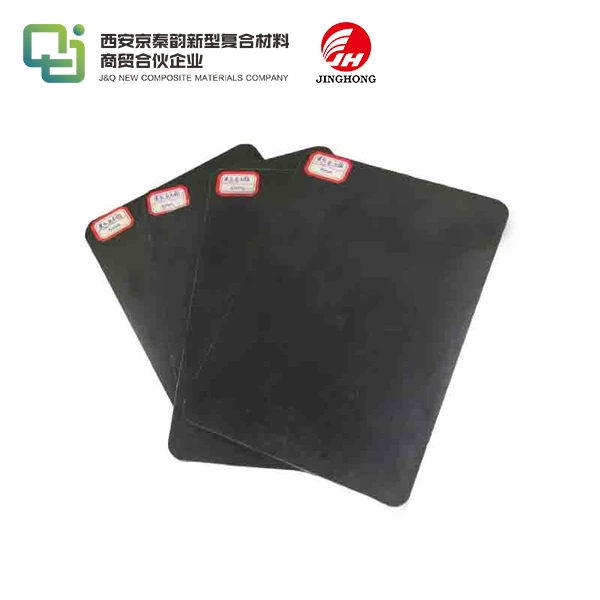What is a battery pack?
2022-06-26
Power battery pack generally refers to packaging, packaging and assembly. For example, two batteries are connected in series to form a specific shape according to the customer's requirements. We call it pack. In the pack industry, batteries that are not assembled and can be used directly are often called batteries, while finished batteries that are connected to the PCM board and have functions such as charge and discharge control are called batteries.
Pack group process is a key step in the production of power battery packs, and its importance is becoming more and more obvious with the continuous expansion of the electric vehicle market. At present, automotive power batteries are basically composed of the following systems: battery module, battery management system, thermal management system, electrical and mechanical system.
Different types of electric vehicles have different structures and working modes, resulting in different performance requirements for power batteries. The design process of power battery system is generally as follows: determine the design requirements of the whole vehicle; Determine the power and energy requirements of the vehicle; Select the appropriate cell that can be matched; Determine the combination structure of battery modules; Determine the design requirements of battery management system and thermal management system; Simulation and specific test verification.
The driving of pure electric vehicles completely depends on the energy of the power battery system. The larger the capacity of the battery system, the longer the endurance mileage, but the larger the volume and weight of the battery system, and the larger the charging and discharging current. For the whole vehicle to be designed, the vehicle manufacturer will form a limited space for the power battery system after considering the safety design, harness connecting line design, connector design and other relevant requirements.
The design of the power battery system should take the design of the whole vehicle as the standard, first of all, it should meet the requirements of power and space, and at the same time, it should consider the internal structure, safety and management design of the battery system itself. At this time, pack needs to consider more, such as the relationship between ampacity and calorific value, the stability and reliability of the connection between modules, the temperature difference between modules, the earthquake resistance and waterproof of the whole package, etc.
To a certain extent, the performance of the battery cell determines the performance of the battery module, and then affects the performance of the whole power battery system. Therefore, when designing the power battery system, we must select the material and shape of the battery cell according to the design requirements of the whole vehicle, ensure the uniform heat dissipation of the battery unit and module, ensure the consistency of the battery, and improve the service life and safety of the battery system.
In addition, the main function of the battery management system (BMS) is to determine the state of the whole battery system by detecting the state of each single battery in the battery pack, and carry out corresponding control adjustment and strategy implementation of the power battery system according to their state, so as to realize the charge and discharge management of the power battery system and each single battery, so as to ensure the safe and stable operation of the power battery system.
The software design functions in the power battery management system generally include voltage detection, temperature acquisition, current detection, insulation detection, SOC estimation, can communication, discharge equalization function, system self-test function, system detection function, charging management, thermal management, etc. The overall design indicators include the maximum measurable total voltage, the maximum measurable current, SOC estimation error, monomer voltage measurement accuracy, current measurement accuracy, temperature measurement accuracy, working temperature range, can communication, fault diagnosis, fault memory function, online monitoring and debugging function, etc.
Electrical and mechanical systems mainly include high-voltage system, battery box, connecting harness, mechanical connectors, etc., of which the high-voltage system is mainly composed of relays, current sensors, resistors, fuses and other devices. The electrical system can ensure the reliability and safety of equipment operation and realize a certain control function. The box of battery system should be fixed on the whole vehicle, which is an important component of electric vehicle. Therefore, the battery box must have some basic functions, such as signal communication with the whole vehicle, power output, range extender charging input, maintenance switch design, etc.
Among them, the safety design of high-voltage system is particularly important. Manual maintenance switch, automatic circuit breaker, power control relay, system interlock and high-voltage fuse are configured on the high-voltage line. Bakelite sheet and 3240 epoxy board are used for high-voltage electrical insulation in the whole box; The outside of the box is reliably connected with the chassis; The battery management system monitors the insulation resistance of the system.
|
The battery thermal management system is a set of management system used to ensure that the battery system works within the appropriate temperature range from the perspective of operation. It is mainly composed of battery box, heat transfer medium, monitoring equipment and other components. The cooling performance of the power battery directly affects the efficiency of the battery, but also affects the battery life and safety. At present, there are four conventional cooling methods: natural cooling, forced air cooling, liquid cooling and direct cooling








